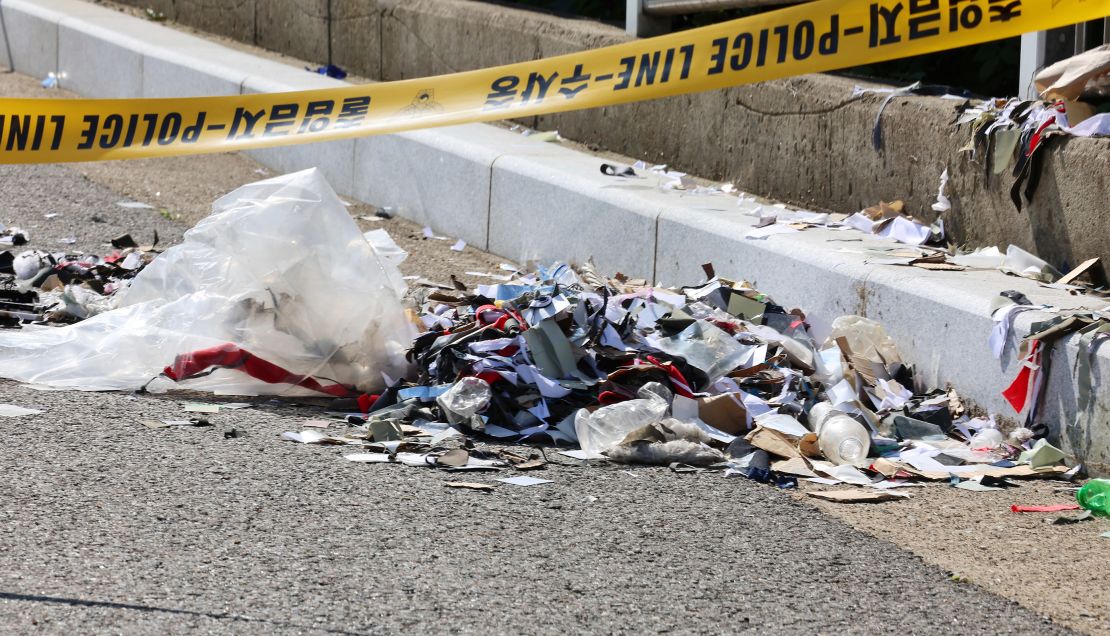
Why North Korea Has Sent Thousands Of Trash Balloons Across The DMZ
Ongoing Tensions and the Propaganda War
In recent years, North Korea has been sending thousands of balloons carrying propaganda leaflets across the Demilitarized Zone (DMZ) that divides the Korean Peninsula. These balloons have been a source of tension between the two Koreas, with North Korea claiming that they are a legitimate form of political expression while South Korea views them as a violation of its airspace. The balloons have also been a source of concern for environmentalists, as they are often filled with trash and other pollutants.
Propaganda and Psychological Warfare
North Korea has a long history of using propaganda to promote its political ideology and to attack its enemies. The balloons are just one part of this propaganda campaign, which also includes radio broadcasts, television programs, and print publications. The leaflets carried by the balloons typically contain messages that glorify North Korea’s leader, Kim Jong-un, and criticize South Korea and the United States. They also often include threats of violence if South Korea or the US takes any action against North Korea.
The balloons are a relatively inexpensive and effective way for North Korea to spread its propaganda message. They can be launched from almost anywhere in North Korea, and they can travel long distances before landing in South Korea. The leaflets are also difficult to intercept, and they can be read by anyone who finds them.
Environmental Concerns
In addition to being a source of propaganda, the balloons are also a source of environmental pollution. The balloons are often filled with trash and other pollutants, which can be harmful to the environment. The balloons can also start fires if they land in dry areas.
In 2018, a South Korean environmental group estimated that the North Korean balloons had dumped more than 100 tons of trash into South Korea. The group also found that the balloons were responsible for starting several fires in South Korea.
South Korea’s Response
South Korea has condemned the North Korean balloon launches as a violation of its airspace. The South Korean government has also taken steps to intercept and destroy the balloons. In 2019, South Korea installed a new anti-balloon system along the DMZ. The system uses radar to detect balloons and then fires nets to capture them.
Despite the South Korean government’s efforts, the balloon launches have continued. In 2020, North Korea sent more than 50,000 balloons across the DMZ. The balloons have caused significant inconvenience and disruption in South Korea, and they have also raised concerns about the environmental impact.
Conclusion
The North Korean balloon launches are a complex issue with no easy solutions. The balloons are a source of propaganda, environmental pollution, and tension between the two Koreas. South Korea has taken steps to intercept and destroy the balloons, but the launches have continued.
The balloon launches are a reminder of the ongoing tensions between the two Koreas. They are also a reminder of the importance of environmental protection. It is hoped that the two Koreas can find a way to resolve this issue peacefully and without further harming the environment.

